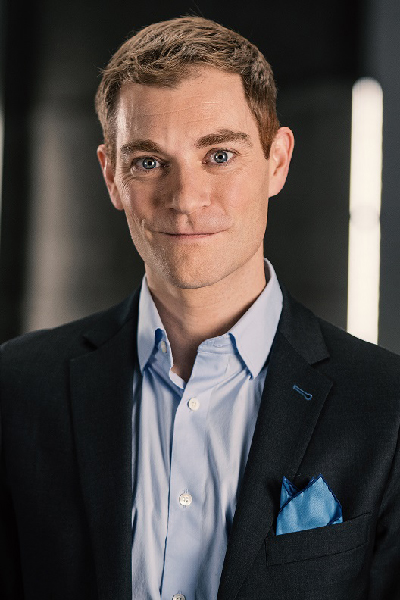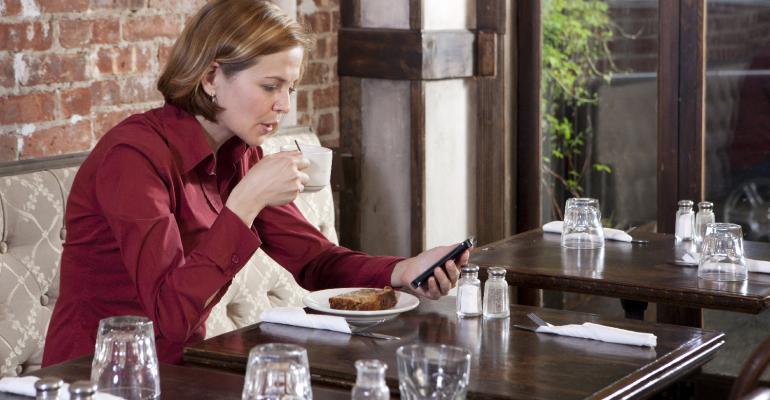As restaurants optimize their tech stack to meet the evolving needs of customers, brands' needs have also changed. Fragmented data silos are no longer deemed acceptable, and neither is deprioritizing your digital relationship with customers.
Brands are beginning to recognize that to fully understand their customers and their end-to-end journey — let alone influence behavior — they need a 360-degree view with unified data from multiple sources (POS, online ordering, reservations, payment processor, etc.). And it’s not enough to simply be able to access that data; you also need to be able to analyze and act on it.
The hard truth about loyalty programs
For years, loyalty programs were the only way for restaurant brands to capture customer data. As such, the industry is heavily reliant on them.
While they can be a good source of incremental revenue, often loyalty programs are considered successful if 15-20% of total customers sign up — and that may not include a brand’s most valuable customers. What about the other 80%? Who are they? How do they engage with the restaurant? And how valuable are they to the future of the business?
You can’t impact what you can’t measure.
A new north star metric on the rise
To identify, understand and know the value of 100% of their customers, restaurant brands like Starbucks, Sweetgreen and First Watch are prioritizing a new north star metric: Customer Lifetime Value (CLV).
CLV measures the total profit generated by a customer from the first visit through the last. Simply put, it signals which customers are most valuable to a brand based on their recency (when they last visited), frequency (time between visits) and spend.
The concept of CLV is not new. For years, industries like retail, e-commerce and gaming have used the metric to guide business decisions and set strategic priorities that are in the best interest of the customer segment most valuable to their sustained growth.
For restaurant brands to unlock CLV, they need a fully-integrated tech stack wherein all systems talk to one another so that they can collect, analyze and act on data from all customers — not just loyalty members.
As both established and emerging enterprise brands look for new ways to enhance the customer experience through digital hospitality, drive direct sales and grow, demand for CLV data has surged. And for good reason. According to Olo data from more than 18 million customer records, the top 5% of restaurant customers (by CLV) drive about 30% of revenue, and the top 20% of restaurant customers drive 60% of revenue.
How restaurants can leverage CLV
Restaurant brands that know exactly which customers have high CLV and why can optimize every aspect of their business to retain them — and acquire more customers that behave like them. With CLV, restaurants can:
1. Better understand and engage with their most valuable customers — and track their behavior over time
In other words, know exactly when high-CLV customers order (daypart and frequency), what they order, how much they spend, preferred communication and sales channels and more, to better serve them.
2. Acquire more customers who mirror the habits of high-CLV customers
As part of their digital marketing strategy, restaurant brands can use CLV data to target lookalike audiences for the top 20% of their customers on social media. When brands refine their audience targeting, they tend to spend less on trial and error — and, ultimately, lower their customer acquisition cost.
3. Make data-driven business decisions across departments
With CLV data, brands can identify new restaurant locations based on where high-value customers live, work and play; optimize the menu; and more.
4. Figure out which customer feedback deserves the most attention
To ensure they’re keeping high-value customers happy, brands can use CLV data to survey top customers about their dining experience or preferences and identify which online reviews need to be escalated.
5. Test and learn at scale
CLV also enables restaurant brands to test the effectiveness of new initiatives on a smaller subset of customers before taking them brand-wide. For example, they can analyze how price changes impact the visit frequency of high-CLV vs. average customers.
Massive opportunity for loyalty
Now imagine designing a restaurant loyalty program around CLV. Instead of relying on “Buy 10, get 1 free”-style blanket discounts, restaurants could promote and incentivize behaviors that high-value customers are known to exhibit.
For instance, let’s say high-CLV customers regularly order online and dine-in. A brand could use its loyalty program to motivate customers who only eat on-premises to also order off-premises, and vice versa (e.g. offer a free appetizer to dine-in regulars on their first Friday night takeout order). After all, when customers engage with the brand in multiple ways, they become more valuable.
Or maybe a restaurant’s data shows that CLV increases once a customer reaches four visits. The brand could focus its loyalty strategy on getting customers to that point of habituation using what it knows about high-CLV customer preferences and behavior.
With this data-driven approach — centered around driving frequency, retention and spend — restaurant brands can make their loyalty program work smarter and harder, guiding average customers on a proven path to high CLV.
Final thoughts
Loyalty program or not, restaurant brands are leaving dollars on the table without CLV. It’s the key to truly understanding and better serving 100% of customers and unlocking sustainable growth for the business. In the end, the brands that know their customers best — and utilize that intel — will prevail.
 AUTHOR BIO
AUTHOR BIO
Noah Glass is the Founder & CEO of Olo, a leading on-demand commerce platform powering the restaurant industry’s digital transformation. He is an industry visionary whose mobile ordering work pre-dates the iPhone, beginning with text message ordering on feature phones in 2005. Noah currently serves on the Board of Share Our Strength, a non-profit focused on ending childhood hunger in the United States and also sits on the Board of Trustees for the Culinary Institute of America, providing guidance and advisory to the world's premier culinary college. Olo's customer list includes over 500 of the most-loved enterprise restaurant brands.





